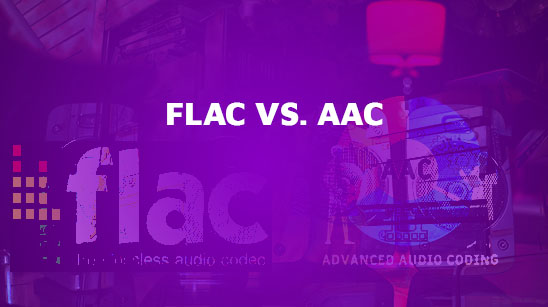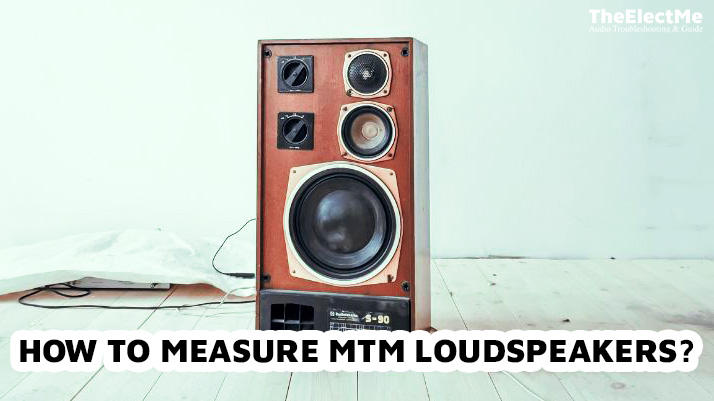Do you work with music files more frequently? Then you must have come across AAC and FLAC. Have you ever thought of FLAC vs. AAC, which is better? Learn about the differences between FLAC vs. AAC here. Consequently, you will get to know which audio file is better.

So, here we go:
FLAC vs. AAC: Everything you need to know about these.
Let’s have a look at FLAC vs. AAC to learn more about these file formats:
Introduction to FLAC
FLAC (Free Lossless Audio Codec) was introduced in 2001. FLAC was initiated as an open-source file. As this file utilizes the lossless compression method, it always ensures keeping the original audio quality.

Even though it is up to 24-bit, you can improve your listening experience. Additionally, you can also observe FLAC support for data integrity. It is because FLAC never messes up its internal decoders, even during conversion.
Although FLAC isn’t compatible with all devices, unlike AAC, still, you can use it efficiently for real-time decoding and streaming when necessary. Fortunately, some mobile phones and operating systems have started to provide FLAC support.
Pros of FLAC
Here are the key benefits of FLAC you must know:
- The improved sound quality is arguably one of the biggest advantages of the FLAC file format.
- FLAC offers you the most natural sound and ensures an enhanced listening experience.
- FLAC can be up to 24-bit, which is far superior to AAC.
- Being a lossless file format, it offers you added peace.
Cons of FLAC
Let’s have a look at the cons of FLAC below:
- Unfortunately, various hardware doesn’t come up with native FLAC support.
- FLAC files are also software license restrictions free which can limit their utility significantly.
Related: Wire high-level input on the amp
Introduction to AAC
On the other hand, AAC (Advanced Audio Coding) is a digital audio lossy compression standard. It was an immediate MP3 replacement. Therefore, it debuted in 1997. Although MP3 and AAC are both lossy formats. However, you can experience superior sound quality with AAC.

Moreover, it also allows you to encode your music files from medium to high bitrates.
It can also remove redundancies and extraneous signals within coded audio signals. Due to this, you may lose big data while compressing. Consequently, you can achieve a smaller file size. However, this practice can put the quality of your sound at stake.
Pros of AAC
Let’s have a look at the pros of AAC below:
- AAC format can sample frequencies between 8Hz to 96kHz along with approx. 48 channels.
- It offers better compression for music and boasts square waves and complicated pulse streams.
- Major corporations, such as iTunes, Sony, etc., use the AAC format.
- AAC can help you to fit thousands of songs into portable media player devices.
- Since AAC can reduce the encoded file sizes, you can store more on your devices.
- Above all, AAC offers an amazing higher frequency response.
Cons of AAC
Here are some cons of AAC file format that you need to know:
- If you need to encode multiple files, the process will take longer.
- AAC requires high CPU usage for encoding.
- AAC isn’t completely lossless while compression.
Conclusion
Your choice between high-res audio in FLAC and slightly better than MP3 AAC tracks will come down to your personal preferences. The choice will significantly depend on sound quality, compression, and storage.
FLAC vs. AAC – Frequently Asked Questions
Q. Is FLAC the best audio quality?
A. Yes, FLAC is the best file format for improved audio quality. This is a hi-res file that offers sound quality better or equal to the rate you can experience with a CD.
Q. Is AAC lossless?
A. No, AAC isn’t lossless. In fact, AAC is a lossy compressed format.



